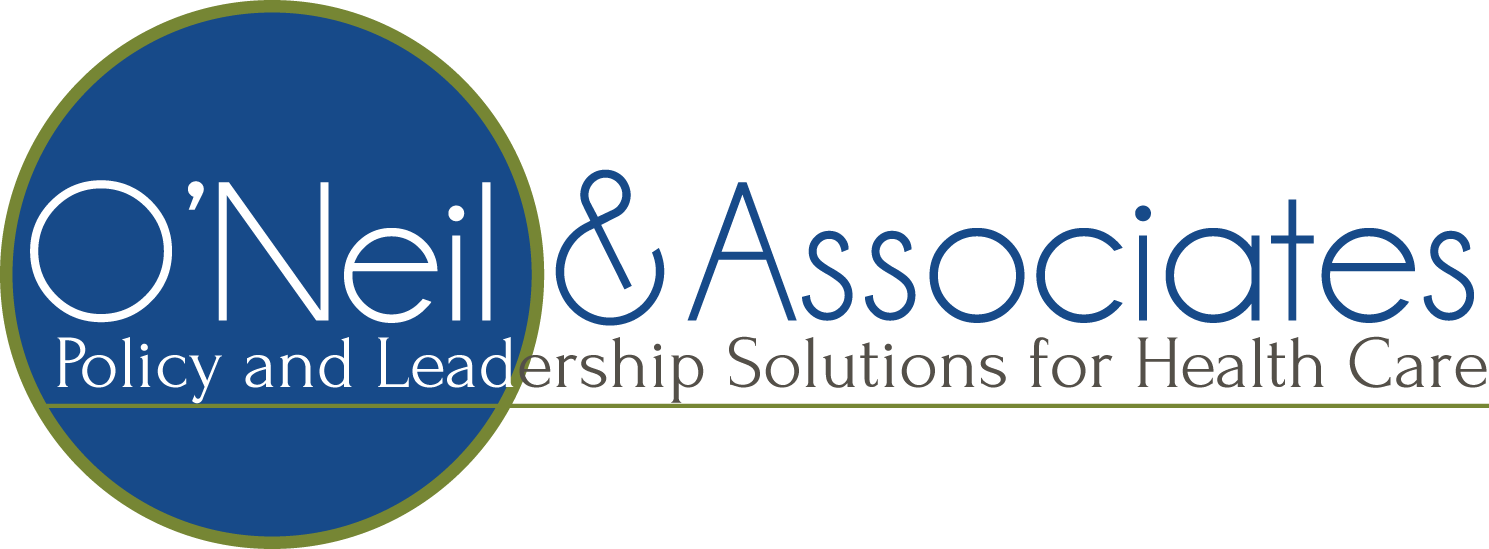At a recent talk on health care’s future I carefully laid out what I believe to be the five most significant drivers of health care change: 1) cost of care, 2) uneven patterns of use, quality and safety, 3) aging population, 4) shifting disease trends from acute to chronic, and 5) dramatic changes in consumer understanding and demand for care. I then pointed to the opportunity these trends created as the enormous $2.5 trillion US health care system searched for new ways to meet these shifting demands. Moreover, though not perfect, the market and policy drivers were more aligned than ever across health care, presenting even more opportunity for individuals, organizations and professions to realign themselves to meet the emerging needs. One of the best questions following the talk went something like this: This all sounds right, but who, specifically, will actually do this work to remake the system? It is a good question because it focuses us all on the next step and hard work that lies ahead.
For the most part this work will be done by organizations such as clinics, hospitals, care systems, practice groups, public agencies, schools, and programs as they align their current mission and work with the realities of the shifting environment. These efforts will be led by leaders who understand their organization's mission, but are willing and able to recast it in light of the new realities. These early adopters will be perceived by others as wrong-headed prophets or worse, malefactors who are out to do evil to our health care system. In reality they are like everyone involved in this process of change; they know that the current approach cannot not be sustained, have some general idea about the directions in which we need to move and a notion or two about how we are to get there. As several people have observed lately, the reform will not be self-assembling.
To do this work, we will need several resources. First, we will need more and deeper leadership with different skills than that which exist across health care today. We will also need to see across the institutional and professional silos that have been built up over the past five decades. That vision will need to take on a creative and at times radical perspective if it is to be capable of generating ideas and approaches that fundamentally change how we organize, finance, deliver and value health and health care. Finally, we need to find value in health care in those approaches that provide the best outcomes – clinical and financial - regardless of their source.
The leadership that is needed in health care today is not the leadership of a marginal adjustment. It is not the leadership of making do with a slightly less generous budget or surviving until normal times return. There will be no more normal. The leadership that is needed today is the type that can envision the work of heath care institutions and professions in new and creative ways. That can let go of vested interests in their focus on the patient and customer and serve them, even if it means giving up the tried and true pathway of practice and success. As I addressed in this space last month, that vision must see this new world and share it, explain why the movement is necessary, how those around us make it to the new land and tie it to the traditional values that have been served, even if now this means doing things in a new way. This new vision does not need to be made from whole cloth. Great visions are compilations that borrow from others' successful practice, adapt a novel idea from another sector, and build into practice those things that have only been imagined in research. And those visions evolve as circumstances change and understanding deepens.
Leadership is also about a myriad of skills that come and go as the moment demands. Improving practice, managing conflict, developing others, reaching out for partners, managing and developing resources are just a few of the ways in which leaders will be tested. But this new breed of leader in health care change understands that this is a marathon, not a sprint. Everything that is needed will not be in demand tomorrow; and setting a course for life-long development of these skills in ourselves and others around us is the path to success.
Leadership is also about relationships, both within and beyond the walls of our current silos. Inside, the prospect of change will breed fear and loathing that must be understood and given heart. Strong cultures will help with the resilience that will be needed in these times. Outside of our world, other practices, plans, hospitals, groups and organizations will hold part of the resources that will be needed to more effectively lead health care. Developing a capacity to see the world as they do - and through that understating build common ground for the work ahead - will be the mark of the effective leader who begins the process of building the new health care two decades ahead.
So the answer to the very good question, “who will lead the changes in the health care system”, is you. Are you ready? What can we do to help?
